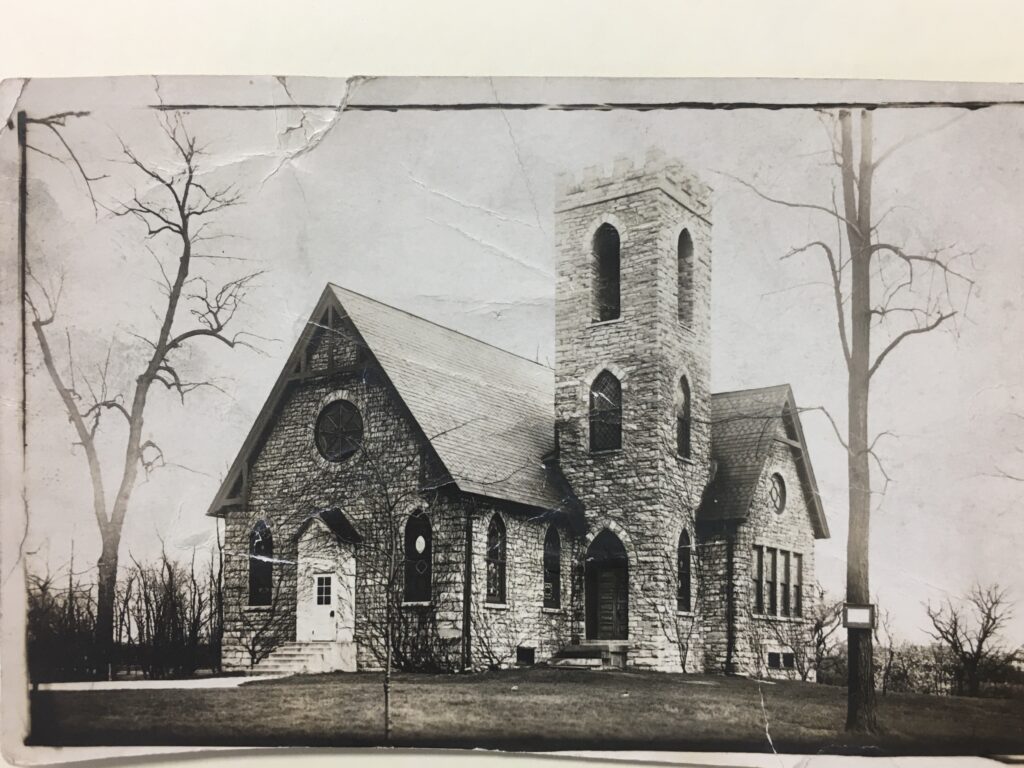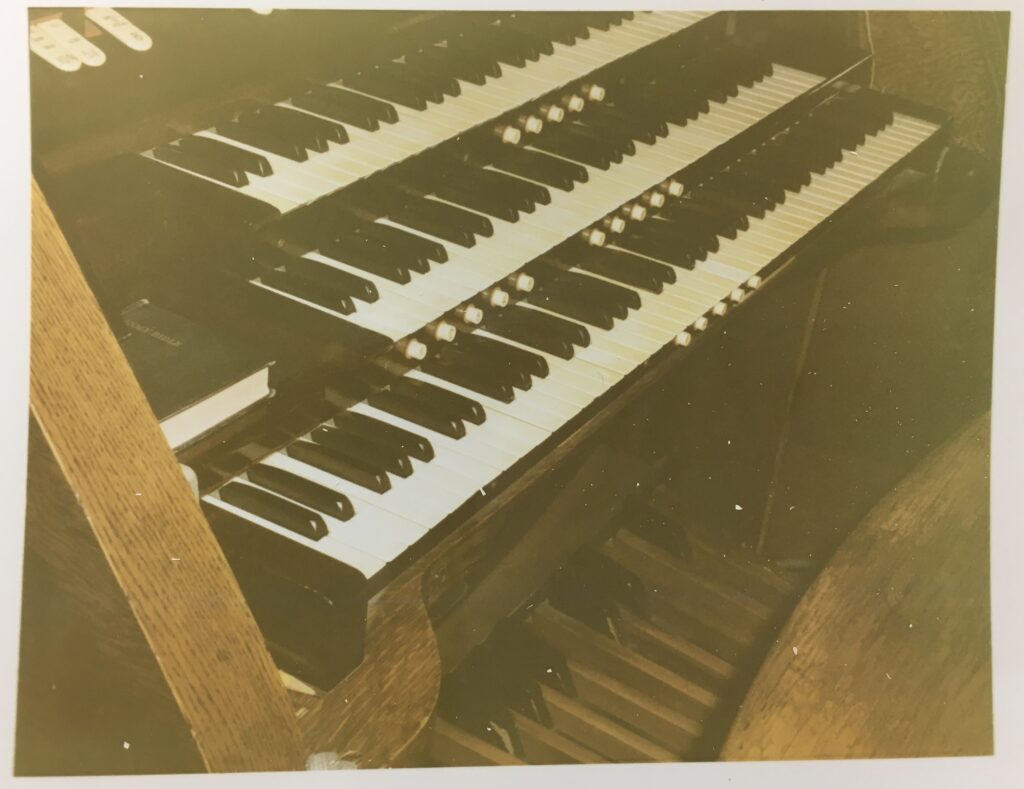Weekly Article
Bobbie Atkinson • Heritage Committee Member and Elder
April 24, 2025
When Milton Hershey returned to the Derry area in 1903 to build his chocolate factory and establish a model industrial town, church membership began to grow. In 1909 Derry was able to call its first pastor since 1874, Reverend C. Benjamin Segelken. The Pastor provided important leadership and significant changes occurred during his one year pastorate. A choir was organized, a pianist hired and the Ladies Guild was established. Reverend Segelken was succeeded by Reverend George Rentz. The congregation continued to slowly expand and in the mid-1920s the Session and Trustees began discussing plans to expand the Chapel.
In the midst of making these plans to add more classrooms and space for fellowship, Derry’s pastor, Reverend Robert Taylor, received a letter from Charles Seibert Losh of Midmer-Losh Incorporated Pipe Organs offering a pipe organ that he had built in 1926 for Thomas Edison’s West Orange, New Jersey recording studio. During the 1920s, organ music had become very popular but good recordings were difficult to create. The heavy bass pipe frequencies seemed to distort the recording process. Edison was experimenting with various types of organs and Midmer-Losh organs seemed to give him the best results.
The Midmer-Losh organ offered to Derry Church was specially built for Edison’s recording studio. It was an eight-rank, three-manual symphonic organ that could be used to play popular music, as well as classical and sacred music. It had a seven-octave Choir keyboard with 12 extra keys in bass and treble which allowed the organist to play pedal tones on a manual key with fingers rather than using the foot pedals, thus simplifying the organist’s work. Also, Losh was very interested in creating synthetic tones that he called “unification.” Pipe organs have very pure fundamental tones but harmonic tones are more appealing to the human ear. Losh’s organ had a set of pipes creating fundamental tones but he also had some of those same pipes sound also by electrical connection or unification creating harmonics that added strength and color to the tone. Thus, he was able to get more perfect and beautiful tones from his instrument.
The Edison recording studio closed in 1928. Mr. Losh purchased the organ from Edison and, according to his letter, had previously talked with Reverend Taylor about the church acquiring this organ. His sale price was $3,000. Losh offered to install it and promised it would be “ready for use” on or before August 15 of that year. Derry decided not to accept that offer, probably because the church was still financing other building projects including repairs to the cemetery wall (1922) and the construction of the manse (1924). Any future consideration was delayed with the onset of the Great Depression in 1929.
Even though Derry Church declined Mr. Losh’s offer, Mr. Losh and his wife, Esther Johnston of Cornwall, and his young son, Samuel, moved to Hershey after he retired from the Midmer-Losh company. They moved into the old United Brethren Church (now the First United Methodist Church) at 333 Park Avenue that was renovated as a residence and organ workshop. The Edison studio organ was installed in their new home. All this was made possible because the Methodist Church hired Mr. Losh to install a new organ in the church’s new building on Chocolate Avenue. Mr. Losh received the old building at 333 Park Avenue and one dollar as payment. Mr. Losh died in January, 1934 but his wife continued to live on Park Avenue until 1962 when she relocated to Reading.

In 1933 Derry Church was again approached by Mr. Losh’s wife. She offered to sell the Edison organ for $1,500. By then Derry Church had revived its plans to expand the Chapel. In the church archives, there is a letter between Reverend John Corbin (then the current pastor), and the architectural firm developing plans for the expansion, to confirm that the organ installation would not affect any future plans to enlarge the Chapel.
Derry Church agreed to purchase the organ and Mr. Losh installed the organ in the Chapel. The pipes were installed above the west transept. The organ was first played on August 19, 1933. The following week a formal recital by Paul Allwardt, an up-and- coming organist at Union Theological Seminary, New York, was held on August 24.
The Chapel organ created opportunities for Derry to host organ concerts by noted organists. Clarence Kohlmann, organist at The Auditorium in Ocean Grove, New Jersey, presented a recital in the Chapel on October 5. The program included favorite numbers climaxing with “The Creation” and “The Storm” which were featured selections at Ocean Grove every afternoon during the summer months.
The organ was formally dedicated on October 26, 1933 with the Reverend John C. Corbin officiating. Reverend Dr. Walter W. Edge, pastor at the First Presbyterian Church, Lancaster, presented the sermon. Mrs. H.H. Rhodes, organist at Middletown (PA) Presbyterian Church, was guest organist.
This organ provided music for worship until the Sanctuary was built in 1966. By that time, serious repairs were needed but were not completed. The organ was removed from the Chapel in the mid-1970s.
Click here to listen to a recording of the Edison Studio Midmer-Losh organ.